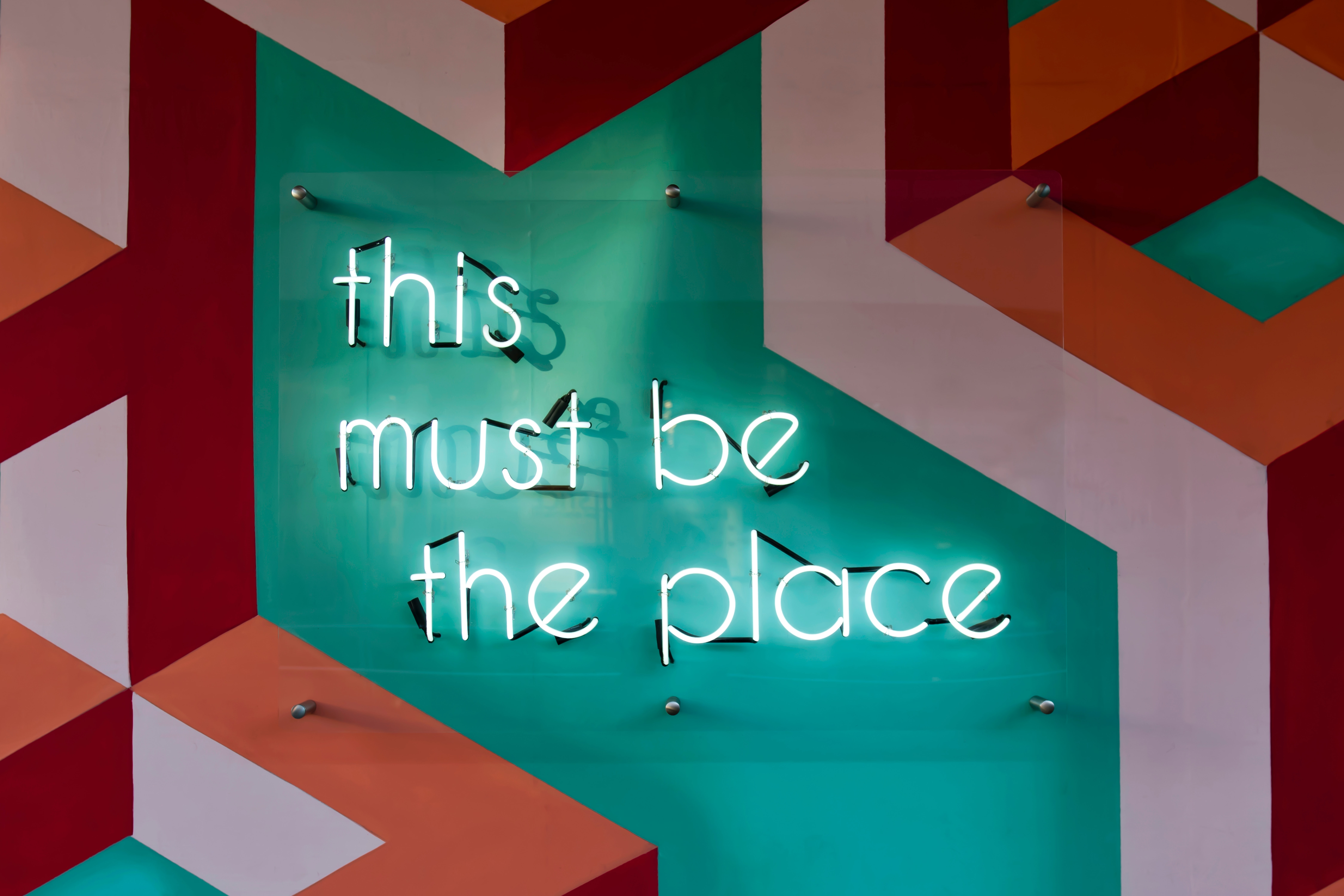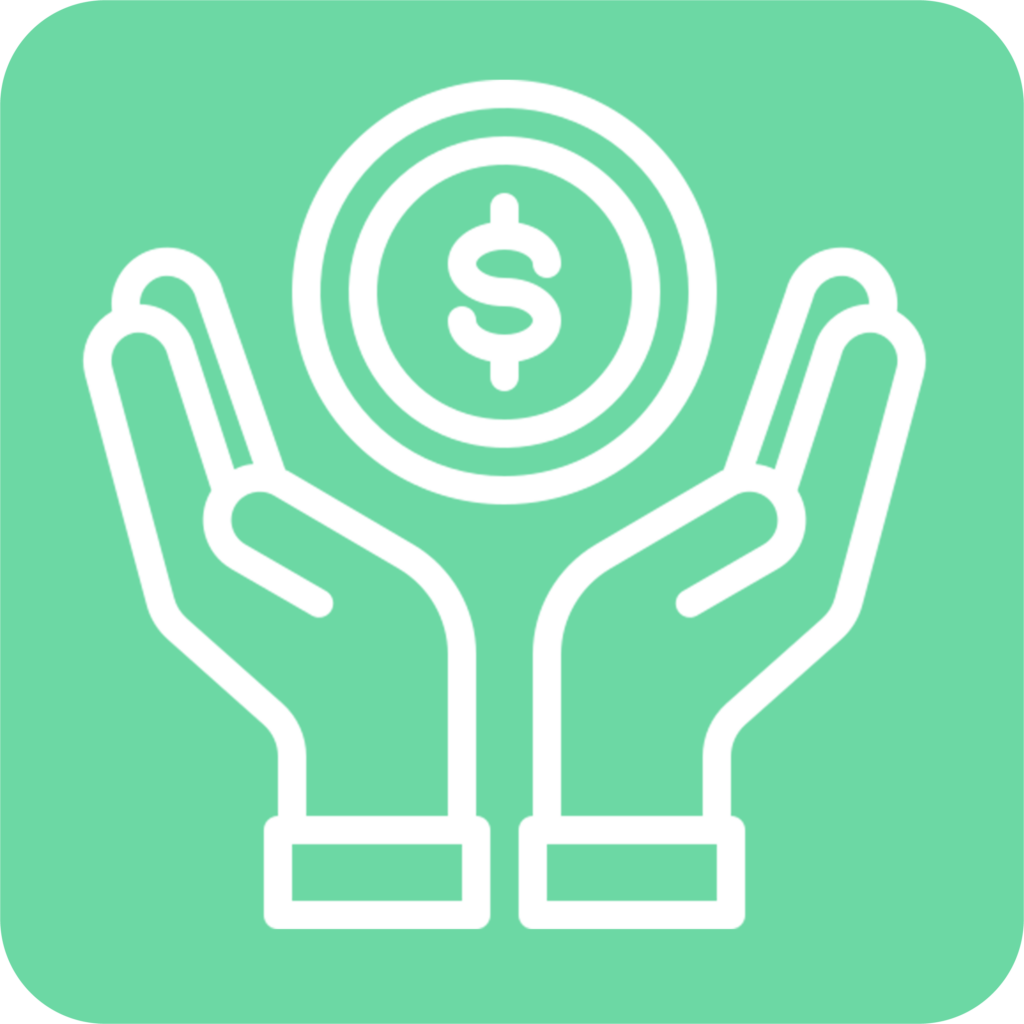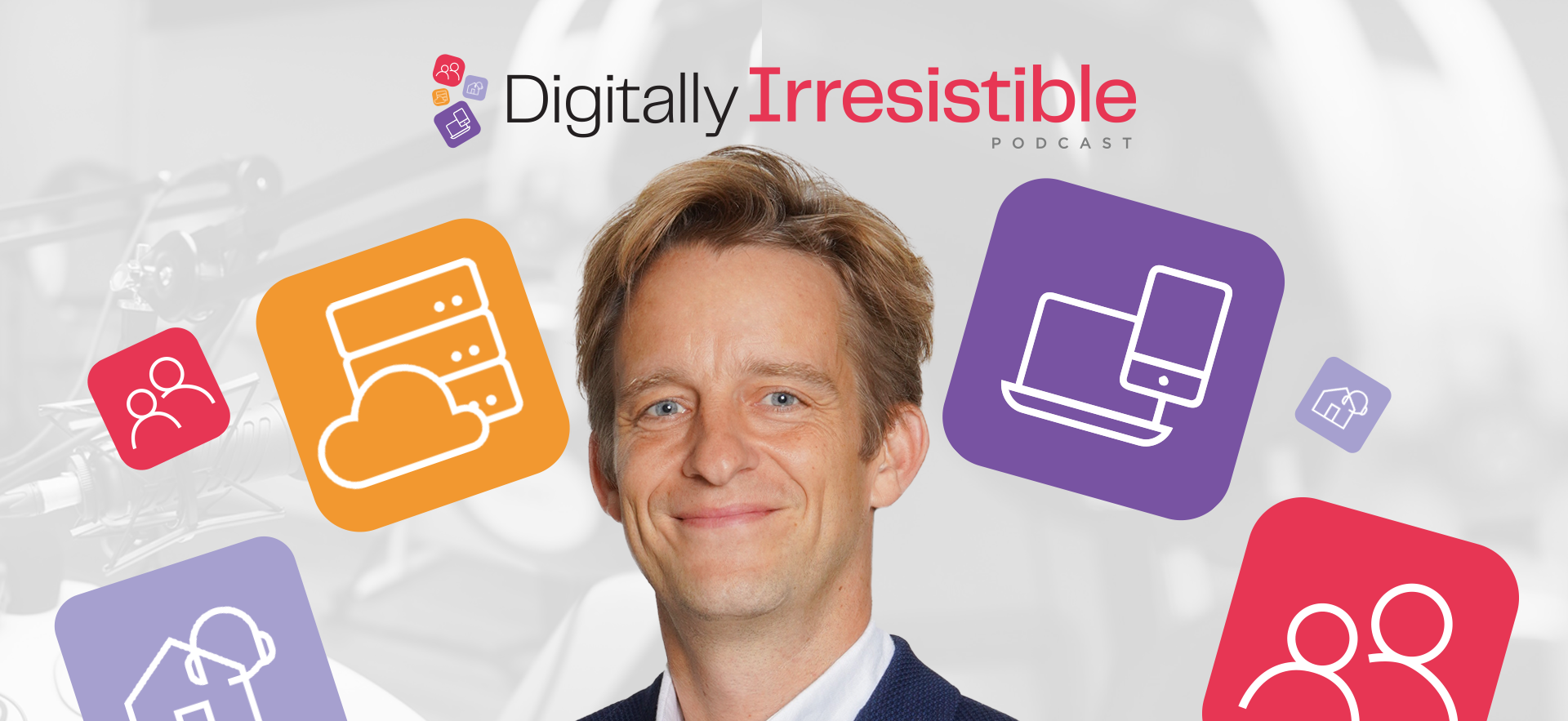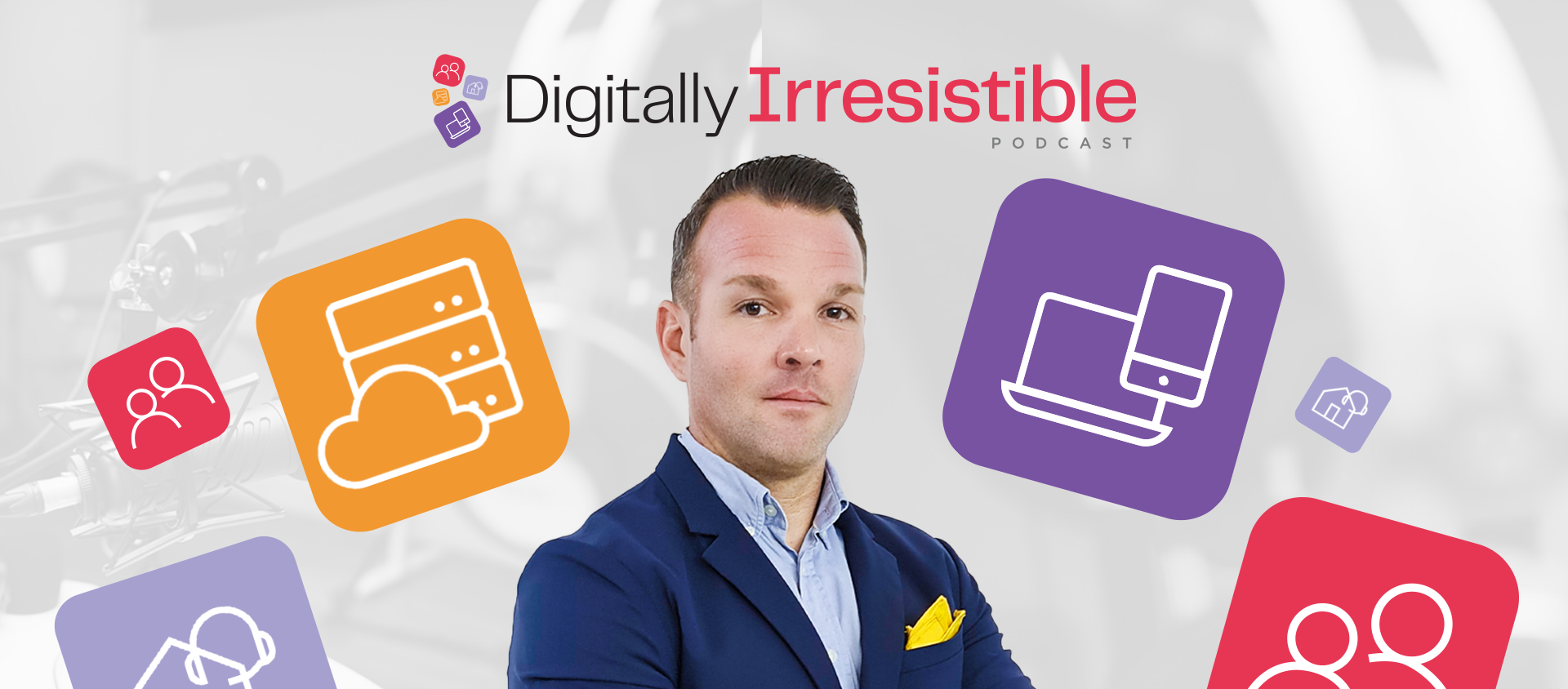This case study highlights an energy client and a retail and subscription services client. It was originally published on Oct. 13, 2021, and was updated on Aug. 19, 2024, to reflect the two featured clients’ current metrics and results.
In a competitive market for high-quality customer service agents, time to hire is more important than ever. Here’s how iQor recruits, onboards, and retains the best-fitting agents for your business in record time.
Why iQor?
In this case study, iQor showcases its ability to quickly hire, train, and retain high-performing agents across diverse industries. Our recruitment process is designed to identify top candidates swiftly and efficiently, ensuring that we meet our clients’ staffing needs with precision. By leveraging a combination of AI-driven recruitment tools, data analytics, and a deep understanding of industry-specific requirements, we deliver customized hiring solutions that drive success.
We highlight two distinct client success stories—one with a leading retail subscription gifts company and the other with a major energy provider. Both clients benefit from iQor’s innovative recruitment strategies and our commitment to operational excellence, which result in significant improvements in time to hire, employee retention, and overall business performance.
Finding the Right People
At iQor, we understand that the key to delivering exceptional customer experiences begins with hiring the right talent. We take an immersive approach to understanding client support needs to build out unique agent profiles. From requisition to onboarding, expectations are clearly defined to only bring in applicants that fit the job description.
Day 1
Apply, Pre-Screen, and Chat With Recruiter
Day 2
Right-Fit Assessment
Day 3
Accept, Onboard, and Train!
Day One: Automated and Reliable Pre-Screening
The clock begins once the candidate applies. From there, we send an automatic mobile link for our customized pre-screening questionnaire. If the candidate meets the criteria, our recruiter reaches out to them within the hour via text message and phone call. We track candidates like we would track sales leads and staff our recruiters accordingly in order to contact every pre-screened candidate. This can be done seasonally and for promotional campaigns so call volumes are staffed just right.
Day Two: Finding the Best Candidates with Right-Fit Tests
On day two, the pre-screened candidate will either receive our customer situational simulation or online candidate scoring model to be scored on customer service aptitude. These tests tell us if the candidate has what it takes to be an empathetic, customer-driven agent that will propel positive customer experiences for your brand. ![]()
Day Three: Onboarding
On day three, the candidate finishes the final round of interviews (in-person or virtual) and can be extended an offer and on-boarded for training that same day. No matter the location, our thin client technology and cloud-based infrastructure allow us to ramp up agents in any location instantly.
For remote workers, we conduct a work-at-home validation check to confirm the candidate’s internet, upload/download speed, operating system, memory, and more so we know they have the equipment necessary to deliver a quality customer experience.
Revolutionizing Recruitment With iQor’s Symphony [AI]TM
At the heart of iQor’s transformative approach to recruitment and retention is our AI ecosystem, Symphony [AI]. This powerful platform integrates advanced AI capabilities with a human touch, enabling us to streamline talent acquisition, enhance employee engagement, and drive operational excellence.
Symphony [AI] offers a suite of tools designed to optimize every stage of the employee lifecycle. From AI-driven prescreening that identifies top talent with unprecedented accuracy to real-time analytics that provide actionable insights into candidate performance, Symphony [AI] ensures that iQor remains at the forefront of innovation in the CX industry.
By leveraging Symphony [AI], iQor accelerates the hiring process and enhances the overall candidate experience, resulting in higher employee satisfaction and retention. This innovative ecosystem empowers our clients to achieve their CX goals with the right people in place during steady-state and seasonal ramps, driving long-term success and operational efficiency.
The Results
20% Increase in Acceptance Rate Over Two Years
Conversion up by 13% Over 1 Year
Time-to-Fill 63% Faster Than the Global Average
Retaining Top Talent in a Competitive Market
You got the agent fast, and now you want them to last. iQor maintains employee retention by using data analytics and predictive models that get better and better with time. We track retention by a number of attributes, including recruiter, lead source, work type, and geographical location to analyze retention combinations and identify areas for improvement.
We harness the power of machine learning to monitor real-time interactions and identify agents at risk of leaving. Using this technology provides insights into which employees will benefit from intervention with timely supervisor engagement, personalized coaching, and support, which improves retention and fosters stronger connections between agents and their supervisors.
Combined with our award-winning training, culture, and retention initiatives, this approach has led to increased retention and employee satisfaction for our clients. ![]()
Success Stories in Retail and Energy
A core element of iQor’s recruiting strategy is our dedication to employee engagement and development. We do more than hire quickly; we invest in our employees’ growth and satisfaction from Day One. This approach has led to industry-leading employee net promoter scores and significantly higher retention rates compared to industry norms.
Our clients benefit from this focus on engagement, as motivated and well-trained agents are better equipped to deliver outstanding customer service. The result is a workforce that exceeds client expectations, contributing to long-term operational success.
Let’s explore how iQor’s recruiting and training expertise has transformed operations for two clients.
Case Study: Transforming Talent Acquisition for Retail Subscription Services
An international retail subscription gifts supplier faced the ongoing challenge of meeting the rigorous demands of both steady-state and seasonal customer support. With a need to rapidly scale their workforce while maintaining high standards in talent acquisition, the client sought a partner capable of optimizing their hiring process.
As a strategic CX partner, iQor introduced an AI-driven recruitment strategy for potential agents in the Philippines to transform the client’s talent acquisition process. Our approach includes:
- Automated Prescreening: Utilizing AI to streamline initial candidate selection.
- Real-Time Evaluation: Implementing AI-driven tools like Talkscore for immediate candidate assessment.
- Seamless Integration: Automating the integration process with hiring managers for efficient decision-making.
- Scalable Recruitment: Developing a scalable system to manage a large and diverse talent pool.
Tangible Results and Enhanced Efficiency
The implementation of AI in the recruitment process has led to significant improvements:
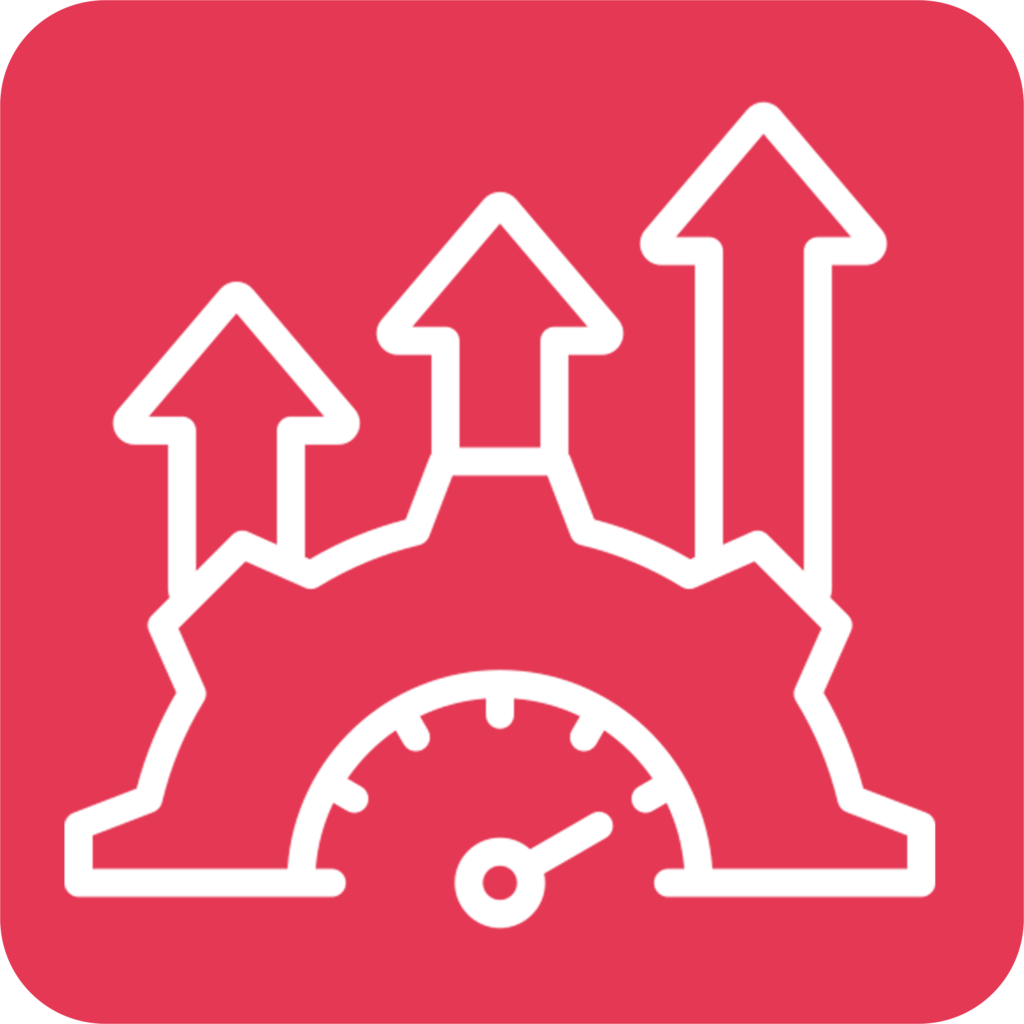
3.45% increase in conversion rate.
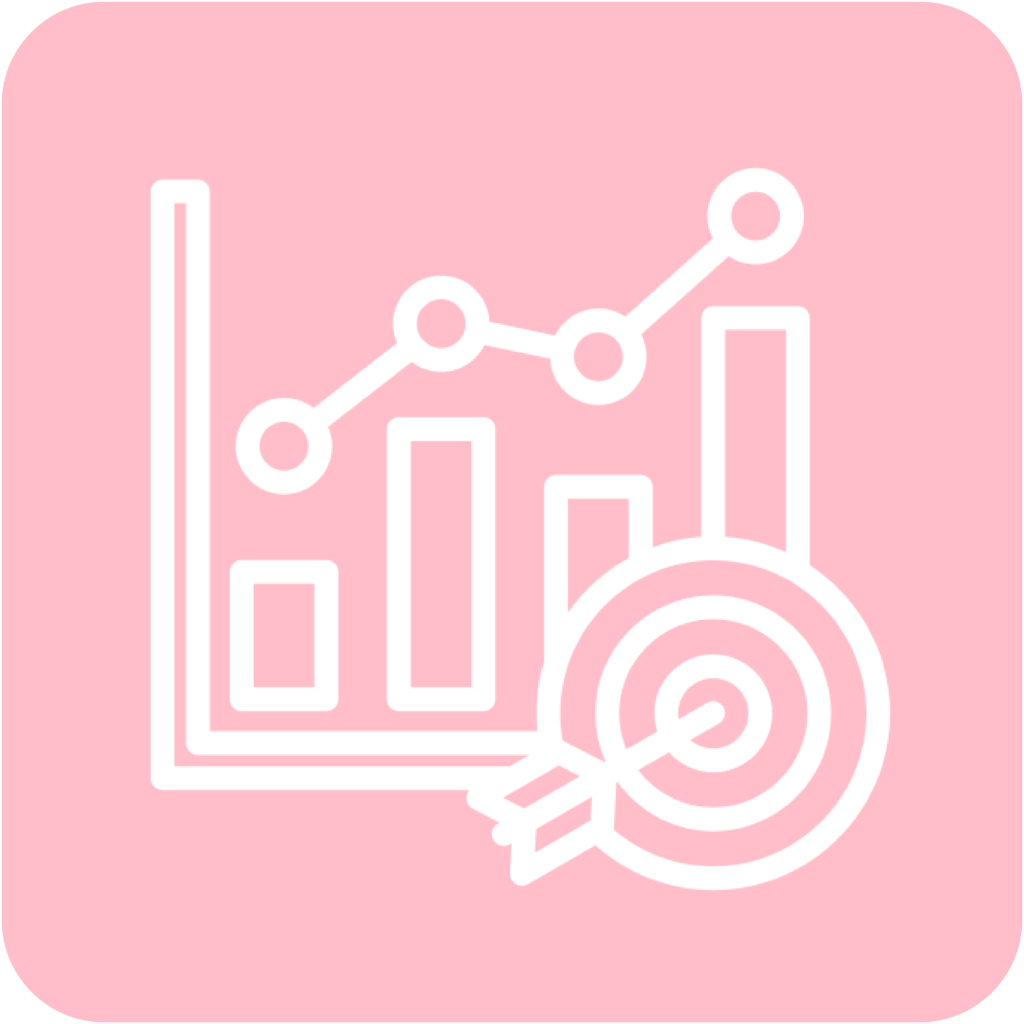
7.54% increase in sales CSAT.
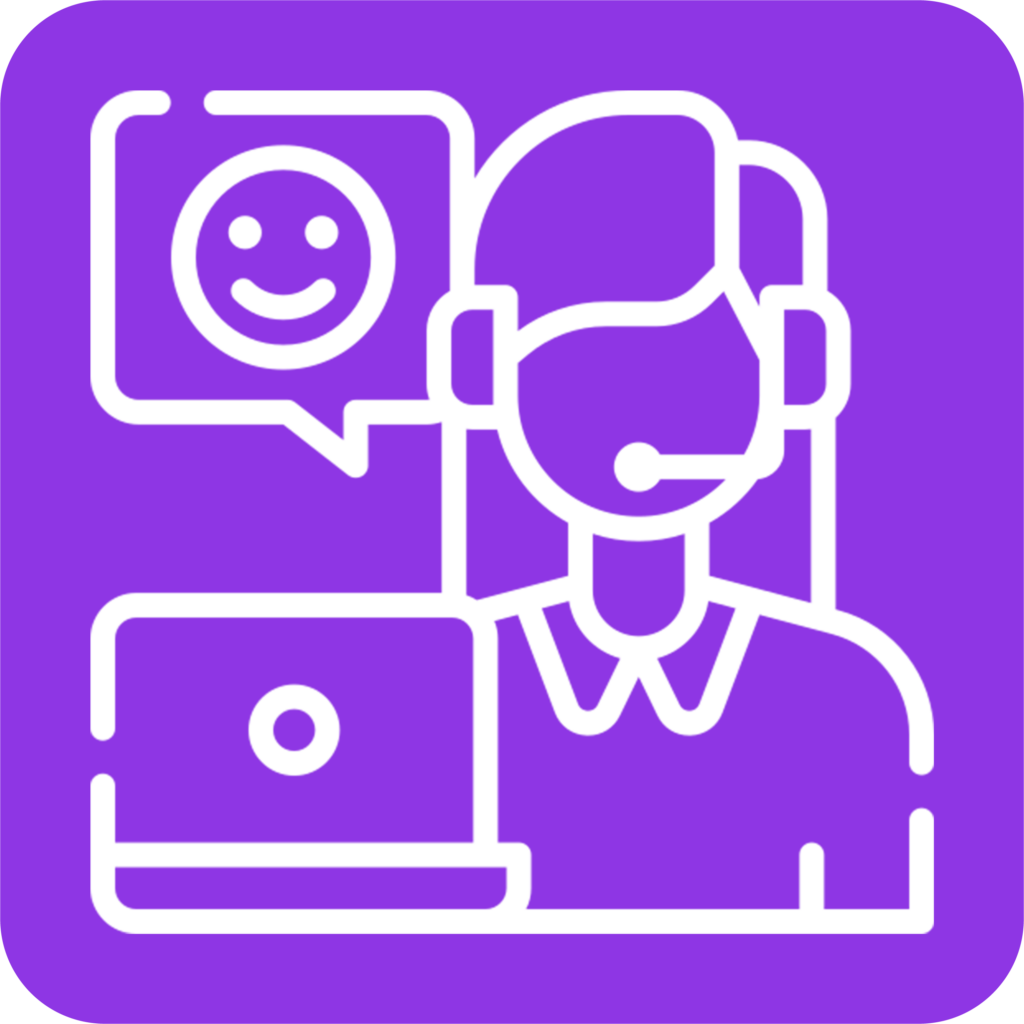
10.65% increase in service CSAT.
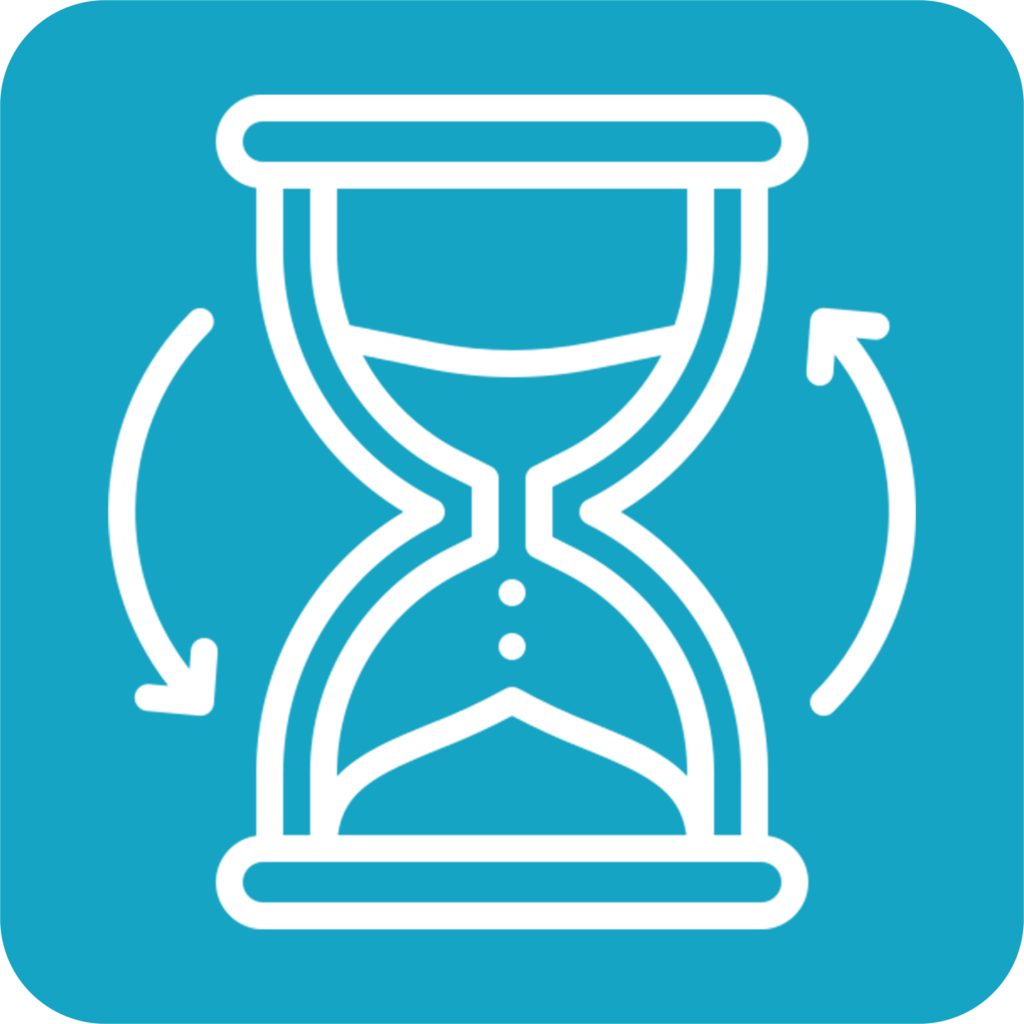
6.87% decrease in average handle time (AHT).
This case study exemplifies how iQor’s innovative AI-driven recruiting solutions can transform talent acquisition, delivering measurable improvements in both operational efficiency and customer satisfaction. By partnering with iQor, the client is able to meet and exceed their workforce demands, setting a new standard for recruiting excellence in the retail subscription industry.
Case Study: A New Standard in Recruiting Excellence for the Energy Sector
A Fortune 500 energy provider partnered with iQor to address the challenges of high-volume CX delivery and agent retention. The client sought to reduce attrition rates and optimize operational efficiency while ensuring compliance and maintaining high standards of employee satisfaction.
iQor has implemented a multi-faceted approach to boost agent retention, focusing on:
- Active Learning Training Programs: Accelerating agent proficiency to enhance engagement and reduce turnover.
- AI for Predictive Attrition and Performance Insights: Leveraging AI to anticipate attrition risks and improve performance management.
- Automation for Back Office Optimization: Integrating automation to streamline processes, allowing agents to focus on higher-value tasks.
- Multilingual Support and Satisfaction Strategies: Providing tailored support to meet the diverse needs of a global workforce, ensuring employee satisfaction.
Significant Improvements in Employee Retention and Satisfaction
The implementation of these strategies has led to remarkable outcomes:
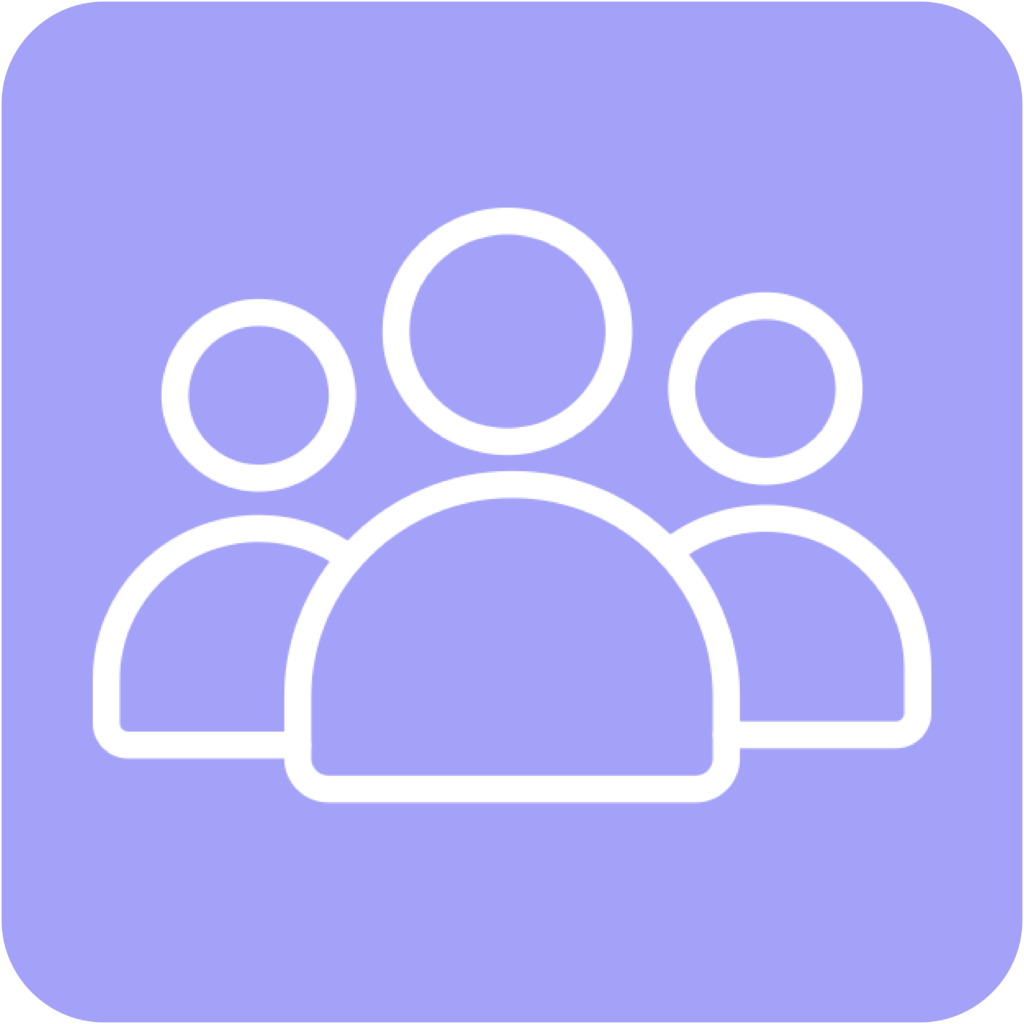
3% agent attrition rate, one of the lowest attrition rates in the industry.

+5.5% year-over-year increase in CSAT.
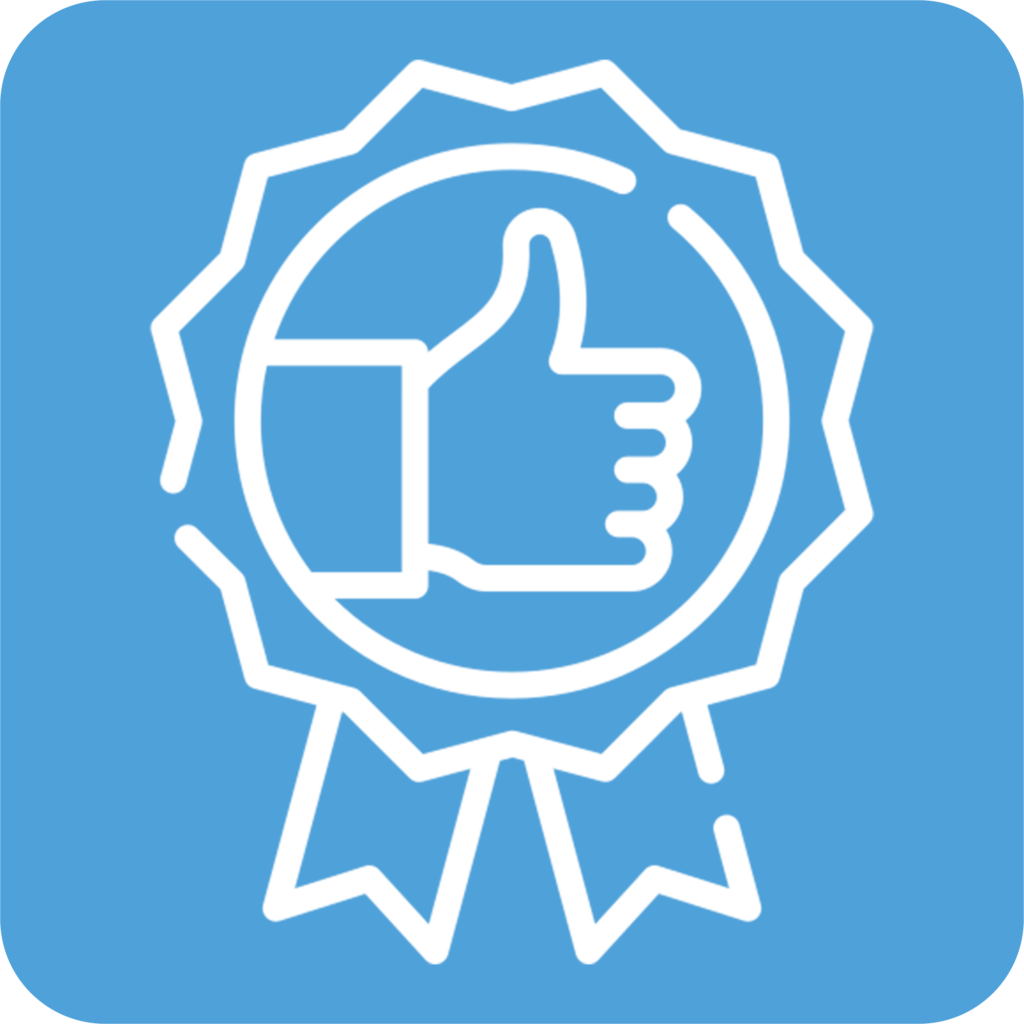
+4% year-over-year increase in QA Scores.

+20.3% improvement in AHT for voice.
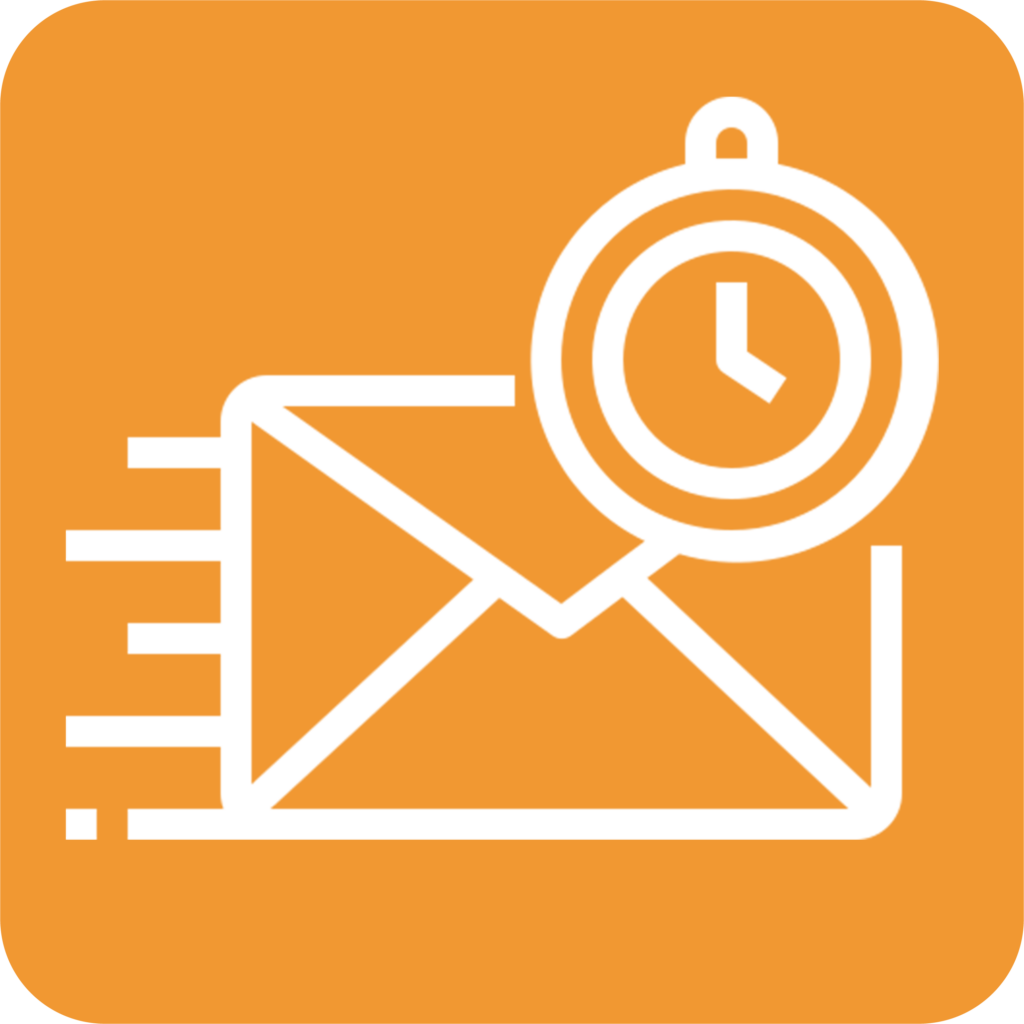
+6.5% improvement in AHT for email.
This case study highlights iQor’s success in developing and implementing strategies that retain top talent and improve overall operational efficiency. In partnership with iQor, the client achieves industry-leading retention rates and significant cost savings, setting a new benchmark for employee satisfaction and operational excellence in the energy sector.
Elevating CX and Employee Engagement Through Strategic Innovation
By leveraging AI-driven recruitment and advanced retention strategies, iQor has consistently delivered measurable improvements in both customer satisfaction and workforce engagement. Our tailored solutions have enabled clients across various industries to achieve exceptional results, from reducing attrition and optimizing operations to enhancing customer interactions and achieving significant cost savings.
As we continue to innovate and adapt, we remain committed to empowering our clients to reach new heights in customer experience, operational efficiency, and long-term success with the right people—from the hiring process and beyond.
This case study was originally published on Oct. 13, 2021. It was updated on Aug. 19, 2024, to reflect the two featured clients’ current metrics and results.
